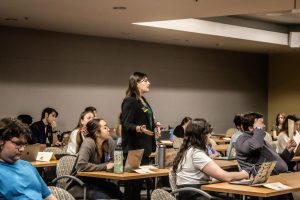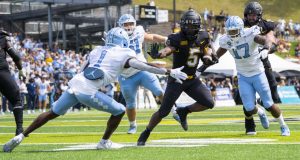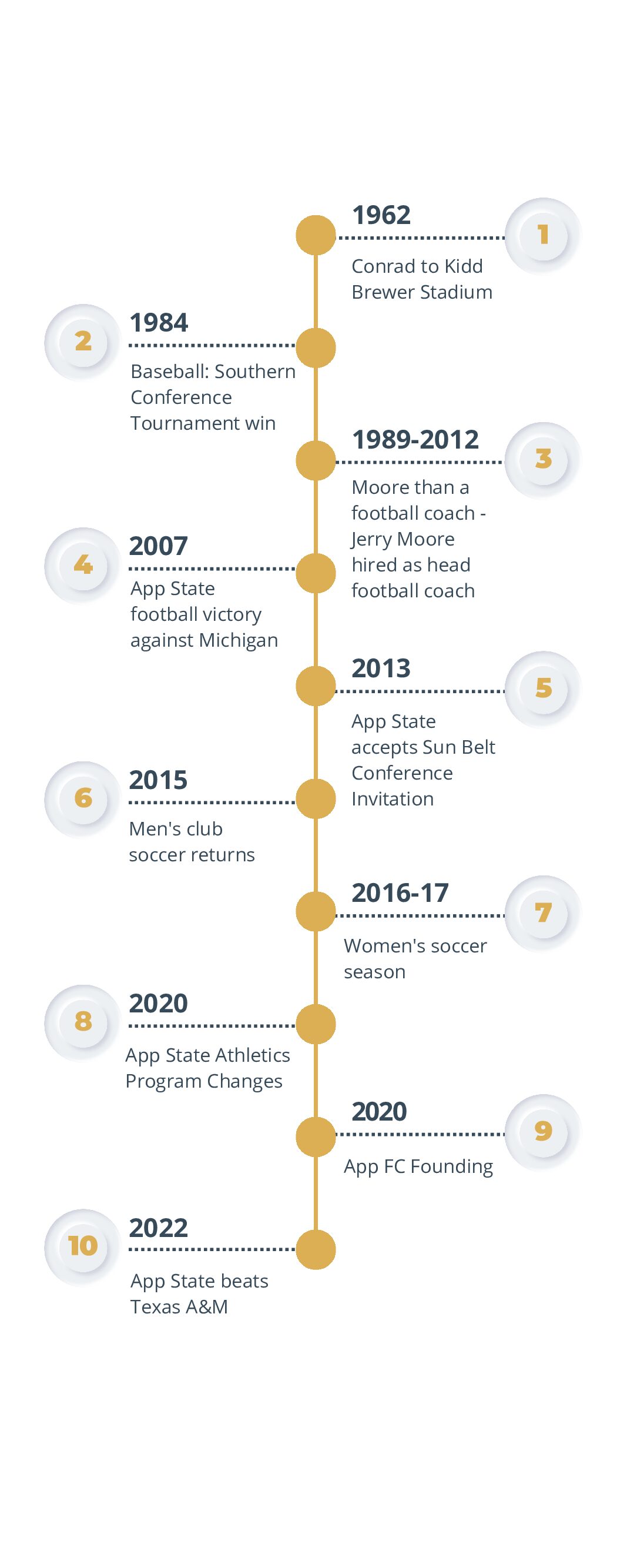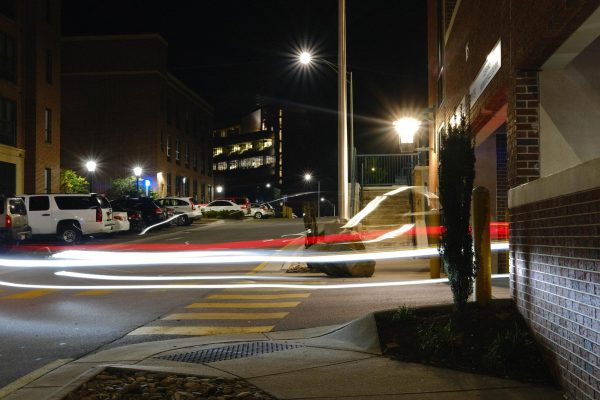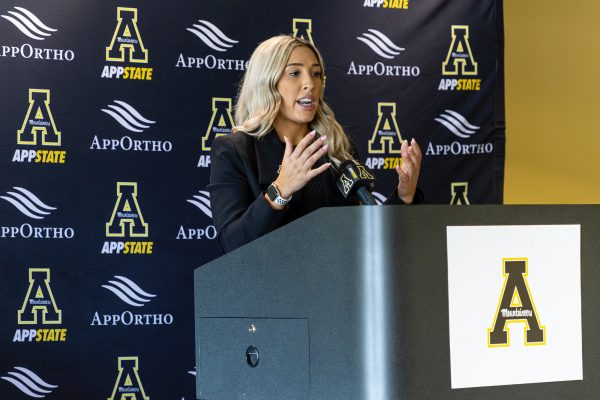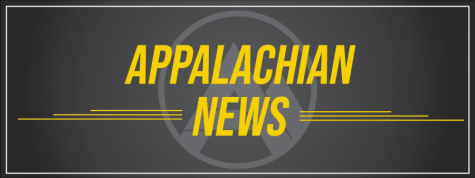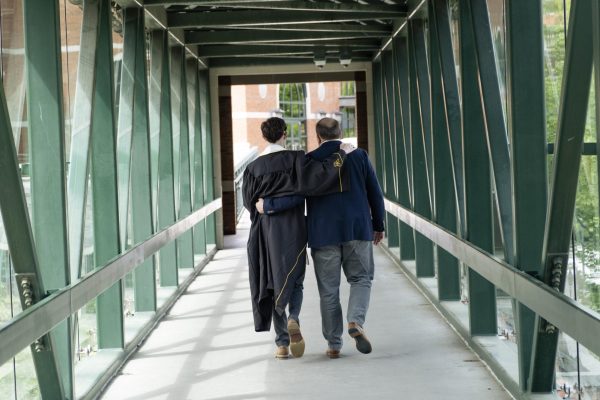by Lovey Cooper, Senior A&E Reporter
The 2014 Department of Art Faculty Biennial Exhibition officially opened Jan. 22 with art featured in both the Turchin Center for the Visual Arts and the Catherine J. Smith Gallery.
The exhibition includes art from multidisciplinary faculty members and showcases their most recent creative and scholarly research in the area of art.
The currently featured exhibition was open to applications from all subdivisions within the Department of Art, including those in art history, education and restoration. The goal behind the exhibition is to connect the work art teachers produce to the subjects that they teach.
The collection is on display until March 22 in the Turchin Center and until Feb. 27 at the Catherine J. Smith Gallery in the Schaefer Center for the Performing Arts.
Travis Donovan, adjunct instructor in the Department of Art, has three pieces featured in the collection. The Appalachian had the chance to speak to him about the significance of his work and the exhibition as a whole.
The Appalachian: Explain your featured pieces a little.
Travis Donovan: They come from a couple different bodies of work. Most of my work has to do with materials – they’re material and object investigations. They typically have to do with the intimate relationships that we share with these materials or objects that we don’t necessarily acknowledge throughout our lives.
For instance, the teacup. We acknowledge the fact that we bring our lips to it, we hold it close for warmth as well as drinking out of it and it’s something that becomes very ritualistic. It’s something that we don’t really acknowledge and something that I really want to bring to light in my work.
The porcelain piece, the potato gun, that’s part of a whole body of work that has to do with the evolution of masculinity in the South. Those are objects that are kind of traditional objects of masculinity throughout different times of a male’s life. I’m utilizing the objects as a status of masculinity and juxtaposing it with this idea of fine china and patterns that are typically a little bit more feminine.
TA: How does your featured work relate to your other, overall body of artwork?
TD: What I typically try to do is present and represent these objects in an unexpected way and utilize methods of southern storytelling and embellishments as unexpected elements to hopefully present them in new ways that generate new thoughts and poetic meaning.
TA: How does your featured work relate to the work that you do as a professor, or the subjects that you teach?
TD: It relates pretty heavily. I’m really interested in materials and process investigation, and when I teach I focus on trying new techniques and processes and getting people to understand not only the processes themselves, but the history behind them – the uses for these processes in many cultures over the years, and the importance that they play in the contemporary world.
My work is pretty cross-disciplinary. Not only do I feel that it’s important to understand these fundamental processes in what I teach, but I also try to really provide a diverse look across the board of connections between disciplines and connections between processes.
TA: Is it difficult to keep creating work as an artist while teaching?
TD: It’s a tricky balance, but I find it so inspiring and it keeps you on your A-game. You really have to be focused on the details of what you’re doing and sometimes as an artist, it’s really easy to work very intuitively or get into a process in your body of work and just work.
To then be able to teach that information you have to really delve deeply into it and become very attuned to what you are doing in order to provide that information back to somebody. It’s an invaluable process of being able to relay that back so they can understand it while still being inspired by new work and any interpretations that come from the students.
TA: Why is it important for faculty to show their work to the student body? What do you gain? What do the students gain?
TD: I think we all receive something from the biennial and exhibitions like this. It’s invaluable for students, I think, to sort of see where their instructors are coming from and how they work. We all work in so many different ways and we’re all generating work about so many different things. It provides some accessibility to ideas and techniques as well as to ourselves as artists and not just professors.
For us, I think it again enriches that dialogue between us and the students. It generates new ideas and directions for them, as well as for us in the classroom and outside.


